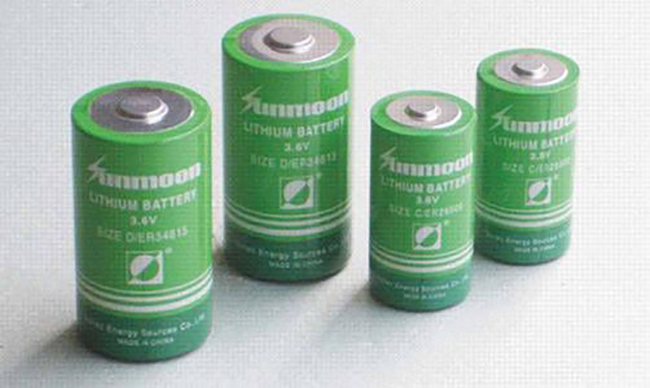- Home
- Products
- Elementary
- Boride Powder
- 3D Printing Powder
- Sulfide Powder
- Oxide Powder
- Carbide powder
- Nitride Powder
- Silicide Powder
- Hydride Powder
- Telluride Powder
- Selenide Powder
- Stearic Acid Series
- Phosphide Powder
- Nanoparticles
- Metal Alloy
- MAX Phase
- Lithium Battery Anode
- Surfactant
- Molecular sieves
- Concrete Admixtures
- News
- Answers
- Contact
- About
News
- 0
- 0
Lithium batteries like to use graphite anode materials
If you are looking for high-quality products, please feel free to contact us and send an inquiry, email: brad@ihpa.net
The spread of the novel coronavirus is taking a direct hit on the operations of airlines in Asia. About 500,000 flights taking off and landing in mainland China have been canceled since January, according to aviation information company Cerium. Tourists and business trips have plummeted. On the booking website, there are a large number of air tickets for local routes with a price reduction of nearly 90% compared with the original price and only tens of yuan for a one-way trip.
In February, China's aviation industry recorded its largest single-month loss of 24.59 billion yuan, of which airlines lost 20.96 billion yuan.
Data from the Civil Aviation Administration of China showed that in February, the number of passengers traveling by air fell 84.5% year-on-year to 8.34 million.
The stagnation of the Asian aviation industry has brought volatility to graphite.
Lithium-ion battery refers to a secondary battery system in which two different lithium intercalation compounds that can reversibly intercalate and deintercalation lithium ions are used as the battery's positive electrode and negative electrode, respectively. During charging, lithium ions are deintercalated from the positive electrode through the electrolyte and separator and embedded in the negative electrode; on the contrary, lithium ions are deintercalated from the negative electrode through discharge of the electrolyte the separator and embedded in the positive electrode. The negative electrode of the lithium-ion battery is made of harmful electrode active material, binder, and additives mixed to make a paste glue, which is evenly spread on both sides of the copper foil, dried, and rolled.
Advantages of graphite as anode material
Graphite is an allotrope of carbon, and the two are closely related. Graphite is the most stable form of carbon. (Diamond is a metastable allotrope of carbon. Although its hardness is much higher than graphite, it is the hardest substance in nature, but its stability is lower than that of graphite.)
The word "graphite" comes from the Greek word "graphein," which is resistant to high temperature and corrosion, has good electrical conductivity, thermal conductivity, and stable chemical properties, and is lighter than aluminum. In addition to being used as anode material for lithium-ion batteries, high-quality graphite can also be used in different fields such as fuel cells, solar cells, semiconductors, light-emitting diodes, and nuclear reactors.
In general, graphite has the advantages of high electronic conductivity, the small volume change of layered structure before and after lithium intercalation, high lithium intercalation capacity, and low lithium intercalation potential, and has become the mainstream commercial lithium-ion battery negative electrode material.

How to get graphite?
There are two ways to obtain graphite: one is natural ore, and the other is the synthesis of coal tar. The graphite materials used in lithium-ion batteries are generally prepared by blending 55% synthetic graphite and 45% low-purity natural graphite.
Manufacturers once favored synthetic graphite because the uniformity and purity of synthetic graphite were better than natural graphite. Now it is not the same. The application of modern chemical purification methods makes it possible to obtain 99.9% pure natural graphite after heat treatment. In contrast, synthetic graphite is 99% pure, making the former more popular.
Compared with synthetic graphite, purified natural flake graphite has higher crystallinity and exhibits better electrical and thermal conductivity. In addition, natural graphite is expected to reduce the production cost of lithium-ion batteries while achieving equal or better battery performance.
High-quality graphite supplier
Luoyang Moon & Star New Energy Technology Co., LTD, founded on October 17, 2008, is a high-tech enterprise committed to developing, producing, processing, selling, and technical services of lithium-ion battery anode materials. After more than 10 years of development, the company has gradually developed into a diversified product structure with natural graphite, artificial graphite, composite graphite, intermediate phase, and other negative materials (silicon-carbon materials, etc.). The products are widely used in high-end lithium-ion digital power and energy storage batteries. If you are looking for Lithium battery anode material, click on the needed products and send us an inquiry:sales@graphite-corp.com
The COVID-19 pandemic has affected economies and chemical companies in many countries around the world. Measures such as extending holidays and resuming work were taken to control the development of the epidemic, and the normal operation of some chemical enterprises was also affected to some extent.
We provides high quality graphite with reasonable price. “In order to feedback to old customers, the company is still in full operations to provide graphite with competitive price.” said Olina, the sales manager.
Chemical graphite, feel free to contact us.
Inquiry us
PREVIOUS NEWS